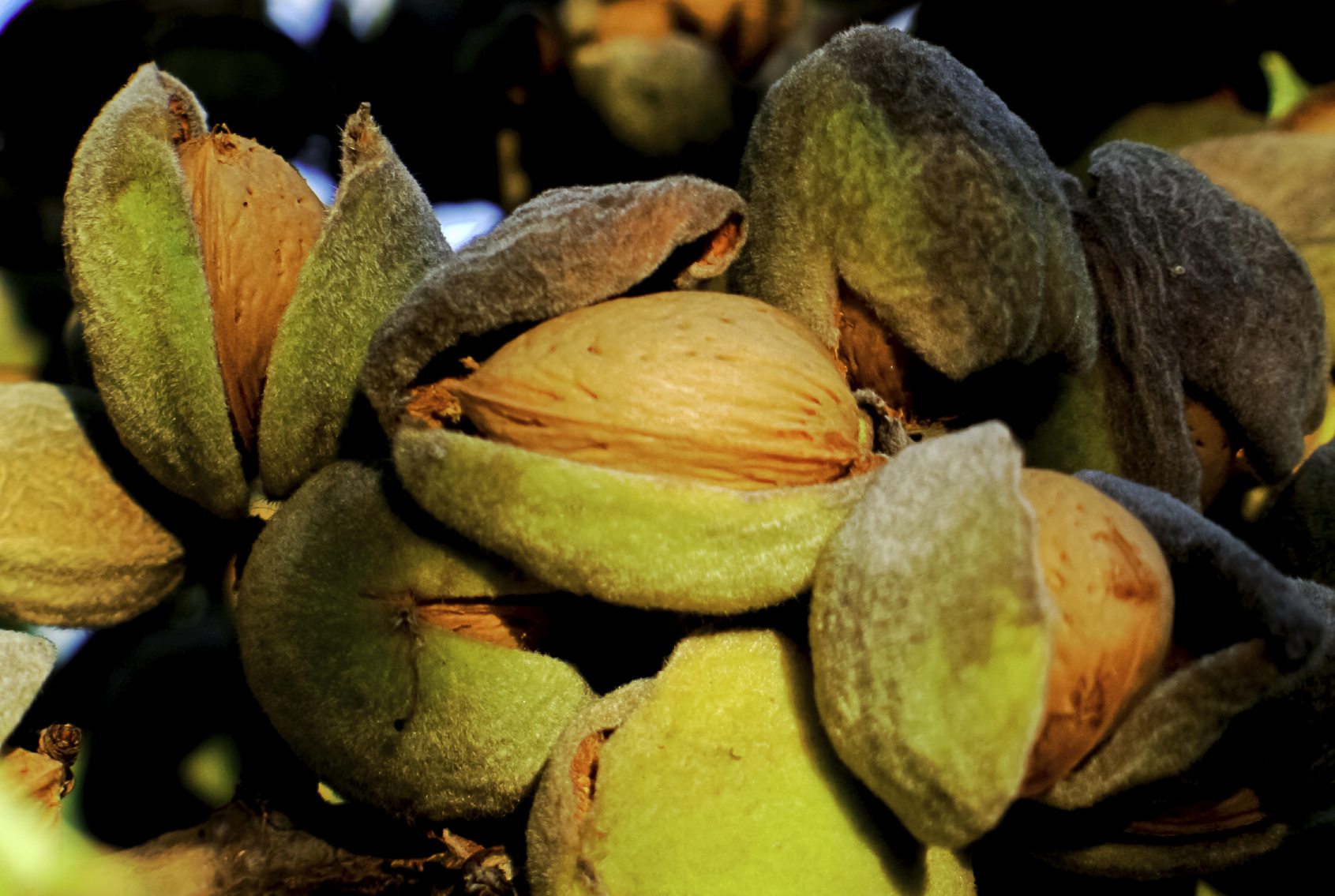



Article by: Hari Yellina (Orchard Tech)
Although lower market prices for conventional almonds may spur on more growers to switch to organic cultivation, production challenges and other economic factors continue to make the transition a risky endeavour. Moreover, demand is still increasing for organic almonds, marketers and others in the business say. However, California’s production remains tiny, as it has been for years.
In fact, according to data from the California Department of Food and Agriculture, these nuts represent about 1 of total state production of the nut, with bearing acreage in 2019 at15,206. Limited state production seems to have hampered growth, resulting in pricing volatility. some food companies looking to use these almonds have been reluctant to do so. Nevertheless, that may be changing with the current times. With conventional almond prices less profitable for frames in recent years and organic almond prices remaining ”relatively stable,” it seems that more growth is not really necessary at the present time.
There are more than 30 different varieties of almonds, but only 10 of them comprise the majority of almonds produced in California. And while the US may be the largest market for almonds with 33% of the crop sold for domestic use, the rest of the organic almonds are shipped internationally.
Grown in California’s ideal Mediterranean climate, the annual almond lifecycle has many stages and an abundance of natural beauty. Almond farming is a long-term commitment. Orchards generally produce for 25 years, yielding their first crop three years after planting.
From November to January, these organic almond trees go through a period of dormancy, losing their leaves and chilling out in California’s cool, wet winters. Orchard soils store up rainwater for the upcoming growing season, and the trees store nutrients and energy for next year’s crop. Towards the end of dormancy, buds begin swelling on each tree’s branches in preparation for bloom.